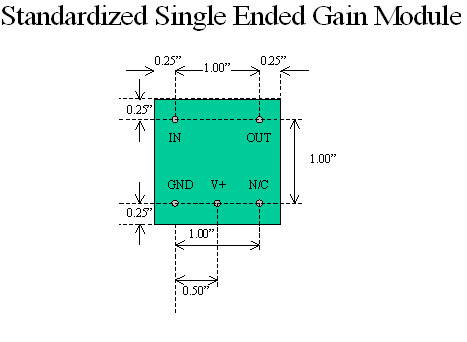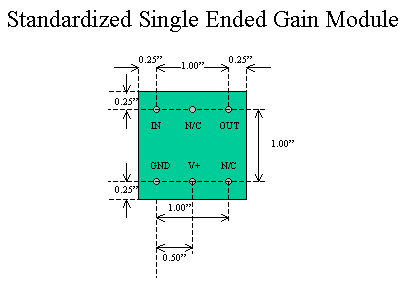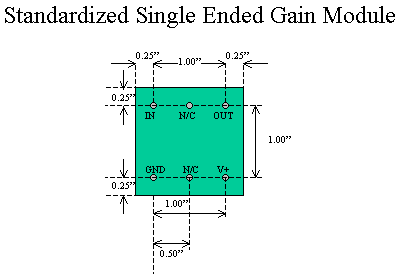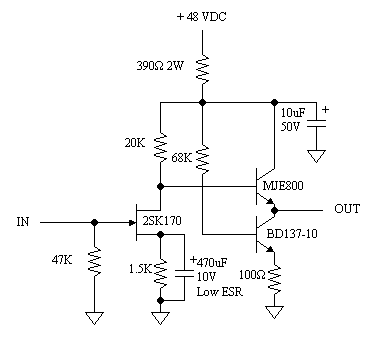triodemike
Active member
I nwas sitting here thinking and an idea came to me...how about some Single Ended Gain modules, that work off a single rail which could also provide the power for the phantom supply. In general my taste leans towars the SE designs both in tubes and semiconductors. The design can be quite simple 4 pins, (In, Out, V+, and Ground) something along the lines of the Hamptone JFP (FETboy) or something like the Neve BA283 or B100 or maybe even this thread http://www.groupdiy.com/index.php?topic=7793 The point would be to stadardize on an overall package layout and make variations from there. It might be nice to standardize on 48V for the B+ and regulate down on the module as needed. In theory a beefy 48V supply would be the only thing needed for many channels....or maybe I should go back to daydreaming










